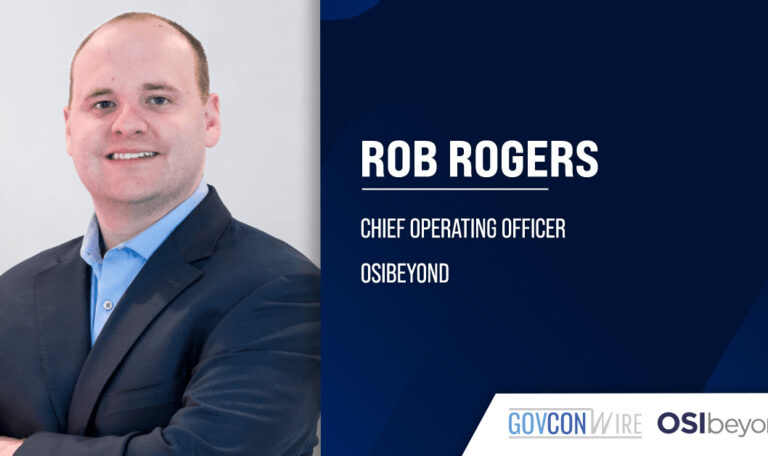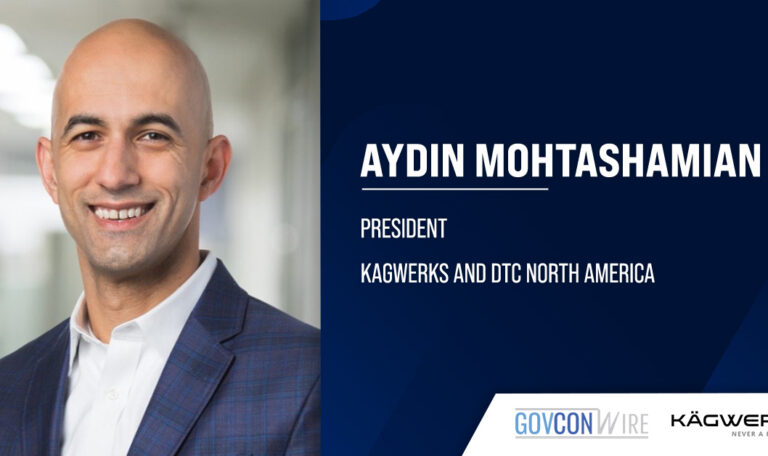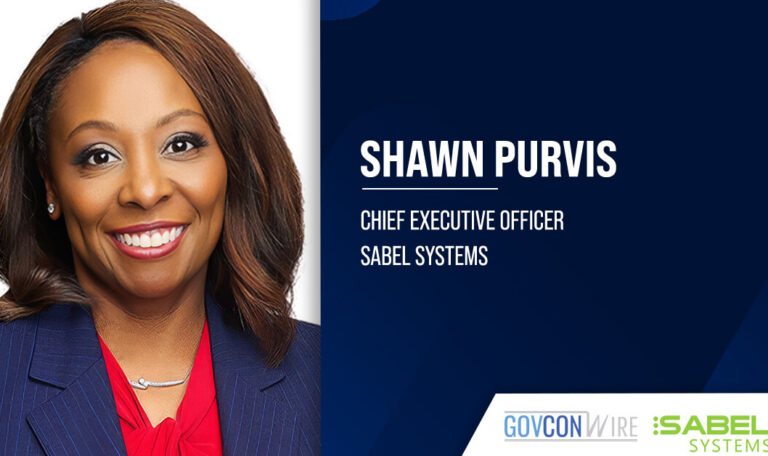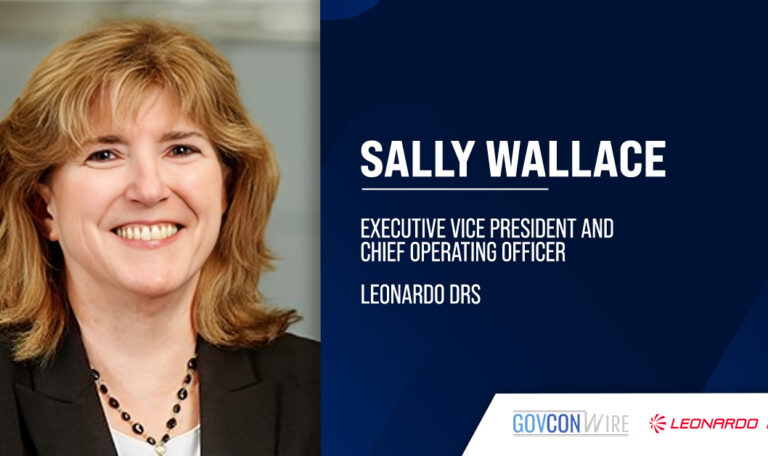By Mick Fox, Chief Operating Officer, TechnoMile
If you’ve traveled by plane, you’ve perhaps paused to appreciate the role of our nation’s air traffic controllers. They are a group of dedicated individuals responsible for directing tens of thousands of aircraft safely through their assigned flight paths each day. If you’re an aviator — either professionally or just for fun, like me — then you have a very keen and personal appreciation for these individuals’ ability to help pilots safely and efficiently navigate their aircraft through their assigned sector of airspace, as well as on the ground. From the moment you’re even contemplating flying, until you land and get your bags, these individuals are involved in your successful and safe journey.
Does this sound familiar? In many ways, the contracts team within an aerospace and defense or GovCon organization plays the role of “air traffic control” for each federal contract — from those they consider pursuing (pre-flight), to those they win and manage (execution), to contract closeout (flight plan closeout). They serve as a contract’s resident subject matter expert and deftly coordinate the efforts of many functional areas across the business with the goals of ensuring compliant, profitable performance of each contract and well-satisfied customers. And, just as air traffic controllers rely on specialized technology to get the job done, so, too, do leading contracts organizations. Government contracting-specific contract lifecycle management technology enables them to automate workflows and enforce business processes, gain visibility into risk and more effectively manage compliance and more cost-effectively administer contracts.
Making the case for technology investment
Because life and protection of property are evident in air safety, we don’t mind paying the millions of dollars it requires every day for the people and technology involved in air traffic control. Therefore, if you’re someone trying to explain the value of the air traffic control system, it’s easy. But what if you’re a contracts leader trying to explain the value of CLM technology to your chief financial officer? Recent conversations with my company’s clients have reinforced to me that the benefits of CLM technology (financial, brand protection and ability to compliantly operate) extend beyond the contracts team, into the finance organization and on to the balance sheet. In this two-part article, I want to share several key value drivers you should consider presenting to your CFO to make the business case for CLM investment.
In part one, we’ll focus on the first value driver: CLM’s ability to accelerate cash flow.
Accelerate cash flow: cash is king
Start invoicing faster
It’s an obvious fact: your company won’t start seeing cash from a new contract until your organization is prepared to start compliantly invoicing the government. But how efficient is the workflow between your organization’s receipt of an award through the new project’s successful set up within your enterprise resource planning/accounting system? There are numerous opportunities to reduce cycle times within this workflow with the help of CLM technology designed specifically for government contracting:
- Contract creation – One of the most laborious and time-consuming activities for a Contracts team can be the initial creation of a contract record: reviewing a voluminous award document and hand keying all details required to successfully perform the contract, maintain compliance and bill the customer throughout the contract’s lifecycle. Best-in-class, government contracting-specific CLM solutions offer the ability to scan standard award documents, extract contract details (including CLINs/SLINs/ACRNs, clauses and deliverables) for review and validation by a contracts professional, and then insert this data into a contract record. For most of our clients, we’ve been told this shaves days, even weeks, off the contract set-up process by eliminating manual data entry and speeding up approvals. Plus it improves the integrity of the data captured in the CLM.
- Initiate finance set-up – Once the initial contract record is drafted in the CLM with the award document attached, a notification containing the link can be sent to the finance team. This gives the finance department easy, timely visibility into all details needed to build the corresponding project within the ERP system. Some finance teams then generate a return email once the project is set up and approved in the ERP, alerting the contracts division that it’s ready for activation in the CLM.
- Deeper CLM-ERP integration – Companies may also elect deeper CLM-ERP integration. Extracted financial details in the draft contract record — including CLINs, SLINs, and ACRNs — can be pushed from the CLM to the ERP to mitigate manual keying efforts and ensure that the project created within the ERP is a faithful representation of the contract. This both streamlines project setup on the ERP side and mitigates risk of being unable to bill due to missing CLIN detail.
Remember, you can’t manage what you don’t measure. The types of automation I’ve described will allow you to track cycle times for each step in your workflow that leads to contract activation and measure how much time elapses between receipt of the award document, contract set-up in the CLM, project set-up in the ERP and contract activation.
Now, your CFO will want you to quantify all of this. In today’s financial climate where interest rates are 8 percent or higher (almost all companies maintain a debt load that must be serviced), getting an invoice out faster is real money, and as they say, “Cash is king (everything else is just a journal entry).” Financially speaking, at 8 percent, for every $1M you can invoice even one month early because you were able to set up the contract and bill faster, this means $6,667 of debt financing saved. Money that would be going to a bank to pay for debt could be helping to pay for a CLM that modernizes the contracts shop.
More rapidly recoup costs
Now, let’s consider contract closeout and how CLM technology helps accelerate cash flow at the end of a contract’s lifecycle. With cross-functional task lists that can take months (if not years!) to complete, contract closeout can be a particularly challenging phase of the contract lifecycle to manage. And for finance, it’s largely a waiting game, as many of this team’s activities can’t be initiated until other closeout requirements are satisfied.
A government contracting-specific CLM helps by serving as your company’s one-stop-shop: a centralized closeout task list lives right on the contract record, tasks are assigned to relevant stakeholders and task completion and any related documents are tracked right in the CLM for easy visibility by all. Automated notifications can then alert finance when all prerequisite tasks have reached a complete status and activities such as billing for final annual indirect costs or issuing the final invoice can proceed.
In practice, clients have stated they’ve been able to close out eight times as many contracts nine months to two years faster. Using the same math presented above, at 8 percent interest rates, these contracts shops were able to bring in millions of dollars of revenue duly owed to them simply by having a more efficient closeout system and process, creating $6,667 of freed up cash per $1M of contracts closed per month. This alone easily covers the cost of a CLM system. Now you’re talking your CFO’s language.
CLM as critical infrastructure
As you can see, the CLM has a direct impact on your organization’s cash flow, making it critical infrastructure not just for contracts team members who run the day-to-day “air traffic control” for each contract, but also for the finance organization. However, acceleration of cash flow is just one part of the CLM value story for the CFO. Be on the lookout for part two of this article, where we’ll expand on our CLM business case for the CFO by exploring the value of a CLM’s ability to make smarter use of headcount, break down internal information silos and bolster the company’s understanding of contract value and risk.















